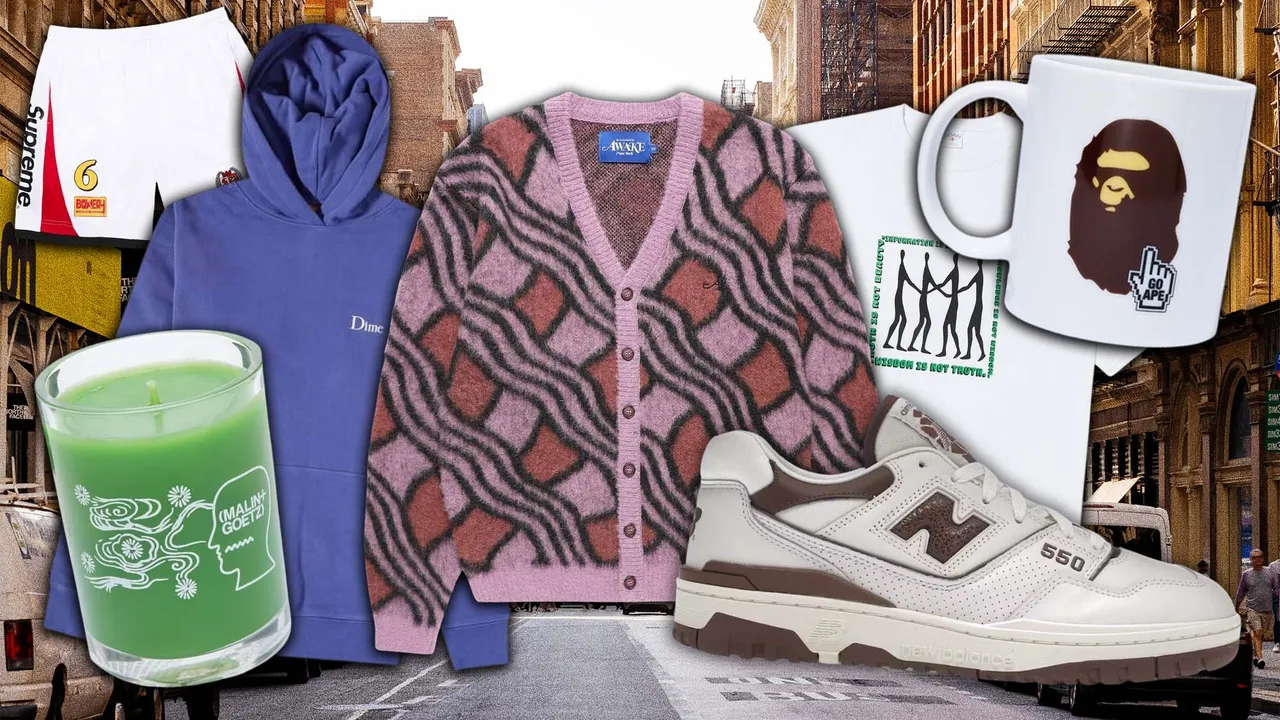ChatGPT said:
Streetwear Powerhouse: The Rise of a Global Cultural Movement
In recent years, the term “Streetwear Powerhouse“ has become more than just industry jargon—it represents a cultural shift, an economic force, and a style revolution. What started as a grassroots movement in the skate parks of California and the backstreets of Tokyo has now evolved into a billion-dollar global phenomenon. Streetwear powerhouses like Supreme, Off-White, and A Bathing Ape (BAPE) have become household names, influencing not only fashion, but music, art, and even politics.
Defining a Streetwear Powerhouse
A streetwear powerhouse is more than a successful clothing brand; it’s a symbol of cultural relevance and authenticity. These brands don’t just follow trends—they set them. They create communities, spark collaborations with high-end fashion houses and sportswear giants, and maintain a level of exclusivity that drives both hype and loyalty.
Key characteristics of a streetwear powerhouse include:
- Cultural Credibility: Deep roots in subcultures like skateboarding, hip-hop, and punk.
- Strategic Collaborations: Limited-edition drops with brands like Nike, Louis Vuitton, or Adidas.
- Exclusivity and Scarcity: Use of “drop” culture to create urgency and increase demand.
- Influencer Integration: Adoption and promotion by celebrities, athletes, and artists.
- Global Appeal: A brand story that resonates from New York to Seoul.
The Evolution of Streetwear
Streetwear’s origins lie in rebellion—DIY screen-printed T-shirts, graffiti-inspired graphics, and anti-establishment slogans. As the 2000s approached, brands like Stüssy and Supreme began to shape the modern streetwear landscape, focusing on quality, limited runs, and urban authenticity.
The tipping point came when high fashion started to take notice. Virgil Abloh’s Off-White, a brand born from streetwear ethos and infused with luxury aesthetics, disrupted the traditional fashion hierarchy. When Louis Vuitton appointed Abloh as artistic director in 2018, it sent a clear message: streetwear was no longer a niche—it was the future.
The Business Behind the Hype
What separates a streetwear powerhouse from a fleeting trend is sustainability—not just in materials, but in business models. Brands like Supreme, which was acquired by VF Corporation for $2.1 billion, have proven that streetwear can be both profitable and enduring.
Powerhouses understand the mechanics of hype economics: limited supply + high demand = cultural capital. This model creates secondary markets where products can resell for several times their retail price, further fueling the mythos around the brand.
Streetwear Powerhouses of Today
Here are a few of the most influential streetwear powerhouses shaping the scene today:
- Supreme (USA): The original streetwear unicorn, known for its iconic red box logo and savvy collaborations.
- Off-White (Italy): Merging luxury and street style, Off-White redefined what a modern fashion house could be.
- Palace (UK): A British skate brand that brings humor, irreverence, and a distinctly London edge to the table.
- BAPE (Japan): A pioneer in Japanese streetwear, famous for its camo patterns and ape head logo.
- Fear of God (USA): Fusing spirituality with style, Jerry Lorenzo’s brand is both minimal and maximal in its expression.
The Future of Streetwear
As Gen Z and Gen Alpha come of age, streetwear powerhouses will need to evolve. Sustainability, digital fashion, and inclusivity are rising priorities. Virtual wearables in the metaverse, NFTs, and AI-designed collections may define the next frontier.
But at its core, the success of a streetwear powerhouse will always come down to authenticity, innovation, and connection. The streetwear movement isn’t just about clothing—it’s about identity, community, and expression.
Conclusion
The story of the streetwear powerhouse is one of disruption, creativity, and cultural dominance. From underground scenes to luxury runways, these brands have redefined what fashion means in the 21st century. As long as youth culture continues to crave individuality and self-expression, streetwear will remain not just relevant—but revolutionary.






